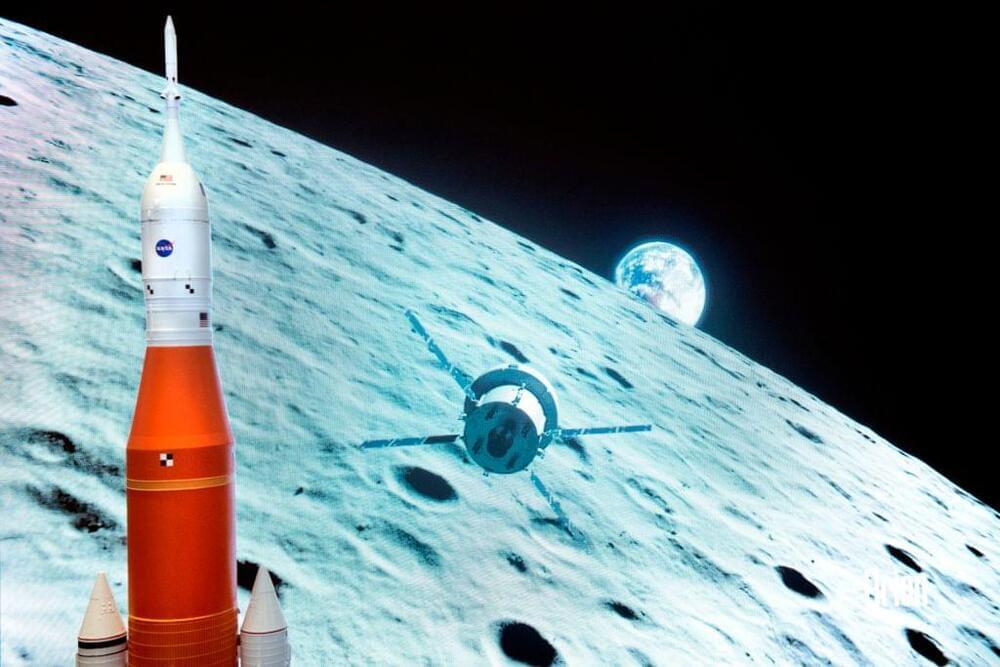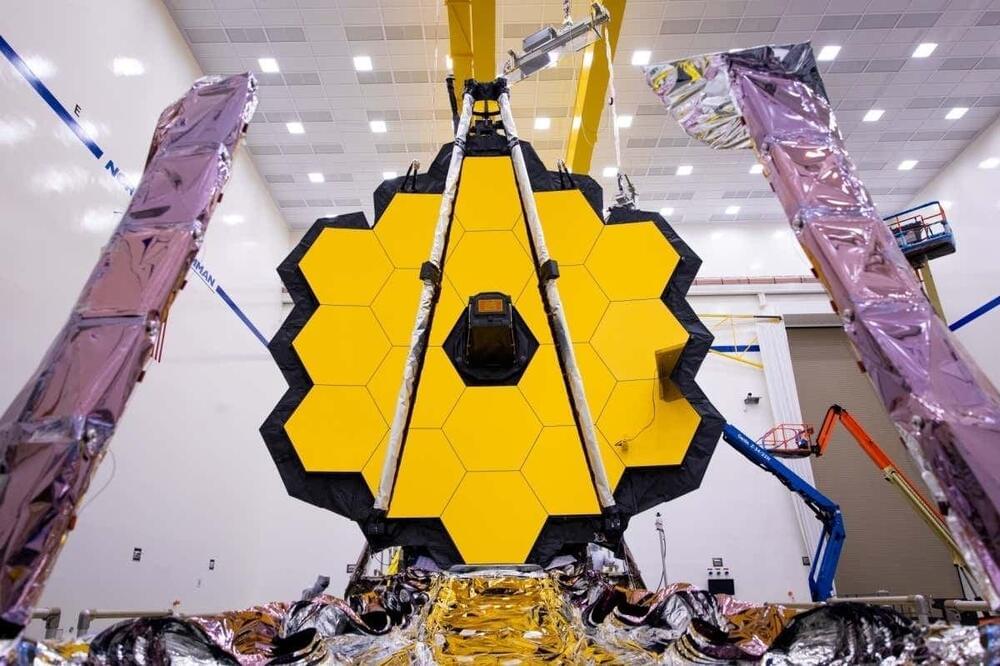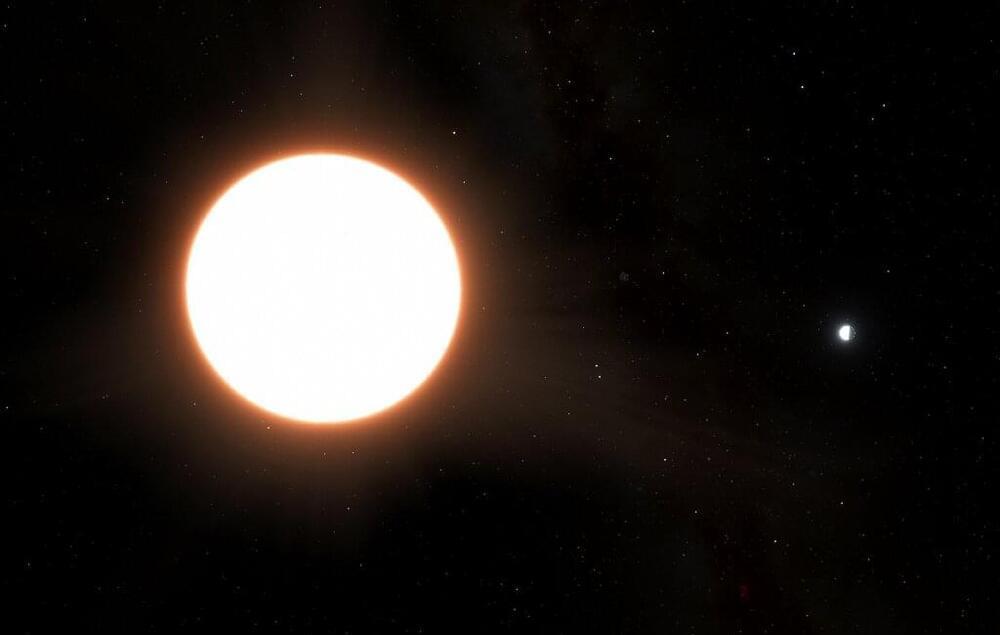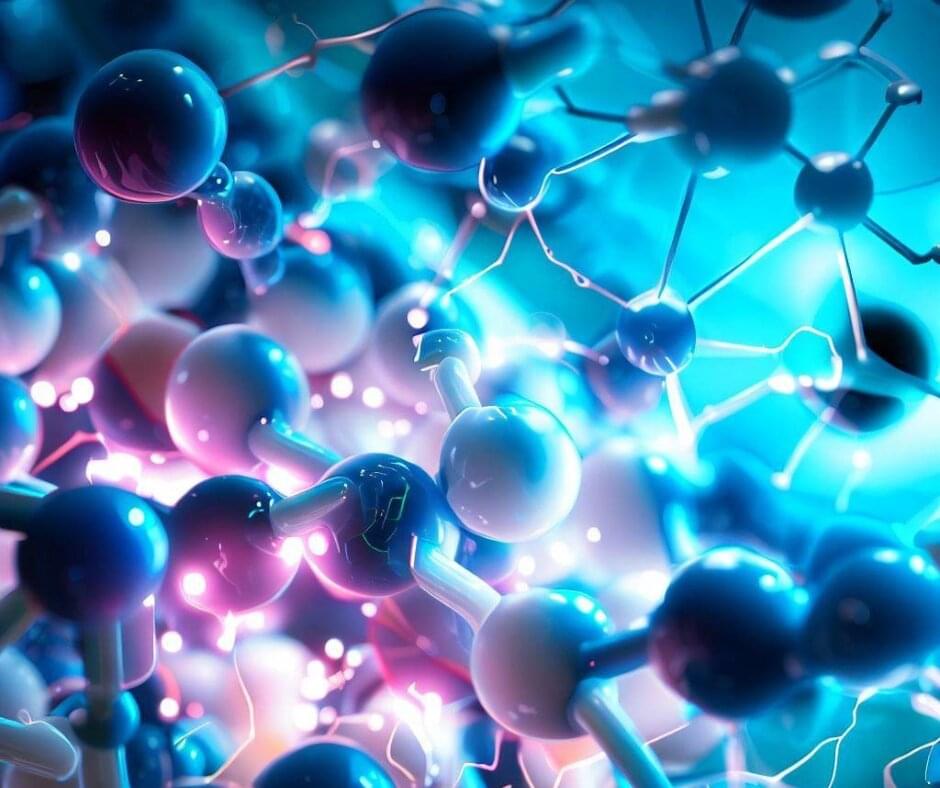Jul 10, 2023
Mystery Unveiled: Massive Granite Deposits on the Moon May Give Clues to Ancient Lunar Volcanoes
Posted by Genevieve Klien in category: space
A recent discovery shows that the moon’s far side was volcanically active. A team of geologists found a large granite deposit beneath a long-extinct lunar volcano, supporting the theory that the moon’s surface glowed with lava billions of years ago.
The lunar find was under Compton-Belkovich, a rumored volcanic structure on the moon’s surface. The feature is thought to have developed from the lava that cooled after fueling the violent eruptions of lunar volcanoes some 3.5 billion years ago, according to Space.com.
Although the discovery of volcanic leftovers in this area was not predicted, the study team was taken aback by the extent of the cooled magma patch. Its breadth is around 31 miles (50 kilometers) wide. This large mass of granite in the Compton-Belkovich volcanic complex may shed light on how the lunar crust formed early in the moon’s history.

















